A ceramic cluster cyclone dust collector is a specialized type of air pollution control equipment used to remove particulate matter (dust, ash, fine solids) from gas streams, particularly in industrial applications where high temperatures, abrasiveness, or corrosive conditions are present.
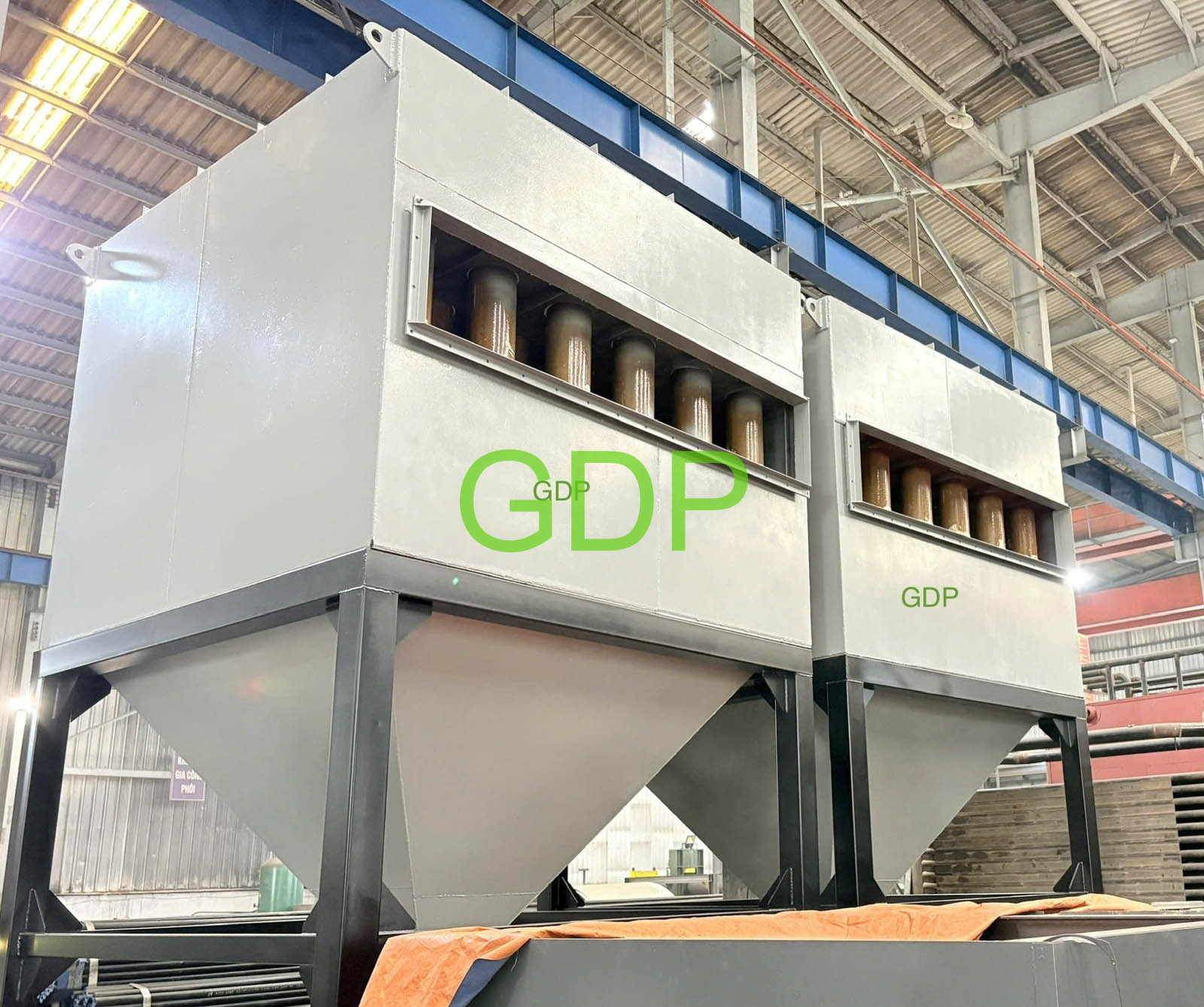
Let’s break down the components and function:
1. Cyclone Dust Collector (Basic Principle): At its core, a cyclone dust collector uses centrifugal force to separate particles from a gas stream.
- How it works: Dust-laden gas enters a cylindrical or conical chamber tangentially. This creates a swirling, vortex-like motion.
- Separation: Due to the centrifugal force, heavier dust particles are thrown outwards against the cyclone walls. As they lose momentum, gravity pulls them down along the walls into a collection hopper at the bottom.
- Clean Gas Exit: The cleaned gas spirals upwards through the center of the vortex and exits through an outlet pipe at the top.
- No Moving Parts/Filters: Traditional cyclones have no moving parts and do not use filter media, which makes them low maintenance and suitable for high-temperature applications where fabric filters would degrade.
2. Ceramic Lining: This is where the “ceramic” aspect comes in. In many industrial processes, the dust particles are highly abrasive (e.g., in cement production, mining, power plants burning certain fuels) or the gas stream is hot and corrosive.
- Wear Resistance: Standard steel cyclones would quickly erode under such conditions. By lining the interior surfaces of the cyclone (especially the cone and inlet sections, where velocities are highest and impact is greatest) with ceramic tiles or monolithic ceramic materials, the wear life of the cyclone is dramatically extended. Ceramics (like alumina) are exceptionally hard and resistant to abrasion and high temperatures.
- Corrosion Resistance: Certain ceramic materials also offer excellent resistance to chemical corrosion, making them suitable for handling acidic or alkaline gas streams.
3. Cluster Configuration (Multi-Cyclone or Multi-Tube Cyclones): For higher efficiency, especially in collecting finer particles, a “cluster” approach is used:
- Smaller Diameter, Higher Efficiency: The efficiency of a cyclone in capturing smaller particles increases as its diameter decreases. However, a single very small cyclone would have limited gas handling capacity.
- Parallel Arrangement: A ceramic cluster cyclone dust collector consists of multiple small-diameter ceramic cyclones (often called “cyclonettes” or “multicyclones”) arranged in parallel within a single housing.
- Increased Throughput & Efficiency: This parallel arrangement allows for a high overall gas flow rate while benefiting from the higher collection efficiency of the individual small-diameter cyclones. The dust-laden gas is distributed evenly to each cyclonette, and the cleaned gas from each is collected in a common outlet plenum.
Advantages of Ceramic Cluster Cyclone Dust Collectors:
- High Wear Resistance & Long Lifespan: The primary advantage is the ceramic lining, which drastically extends the life of the collector in abrasive and high-temperature environments, reducing maintenance and replacement costs.
- Effective for Coarse & Medium Particles: While individual cyclones aren’t as efficient as baghouses for very fine particles (sub-micron), the cluster design significantly improves collection efficiency for particles in the 5-10 micron range and larger.
- High-Temperature Operation: Can handle hot exhaust gases (often up to 1000°C or more, depending on ceramic type and overall design) without issues, unlike fabric filters that have temperature limitations.
- Low Maintenance: No moving parts (other than associated fans) and no filters to clean or replace, leading to reduced operational downtime and labor costs.
- Chemical Resistance: Suitable for corrosive gas streams.
- Compact Footprint: A cluster of small cyclones can offer higher capacity in a relatively smaller space compared to a single large cyclone with similar efficiency.
- Pre-Collector Function: Often used as a pre-cleaner before more sensitive downstream equipment like bag filters or electrostatic precipitators. By removing a large portion of the coarser dust, they reduce the load on the final filter, extending the life of filters and lowering overall system operating costs.
Disadvantages:
- Lower Efficiency for Fine Particles: Even with the cluster design, they generally have lower collection efficiency for very fine particulate matter (less than 1-5 microns) compared to baghouses or electrostatic precipitators.
- Higher Pressure Drop: Creating the strong cyclonic action requires energy, resulting in a higher pressure drop across the system, which means more power consumption by the fan.
- Higher Capital Cost (Compared to basic steel cyclones): The specialized ceramic materials and their installation can make the initial cost higher than unlined steel cyclones.
- Fragility (Ceramics): While resistant to wear, ceramics can be brittle and susceptible to impact damage or thermal shock if not properly designed and operated.
Applications in Vietnam (and globally):
Ceramic cluster cyclone dust collectors are commonly used in industries where:
- High Temperatures: Boiler exhaust (especially from biomass, coal-fired), kiln exhaust (cement, ceramics), incinerators.
- Abrasive Dust: Cement plants (clinker dust), mining and aggregate processing, metal foundries, certain biomass power plants (e.g., rice husk boilers in Mekong Delta), steel mills.
- Corrosive Gases: Chemical plants, some metallurgical processes.
- Pre-Treatment: As the first stage of a multi-stage dust collection system to protect and extend the life of more expensive final filters (like baghouses).
In Vietnam, with its growing industrial sector, especially in areas like Hung Yen (which has various manufacturing, textile, and light industrial activities), and the continued use of solid fuels (biomass, coal) in some industries, ceramic cluster cyclone dust collectors are a valuable component in air pollution control systems to meet environmental standards and ensure operational longevity of equipment. They help industries manage challenging dust characteristics effectively.
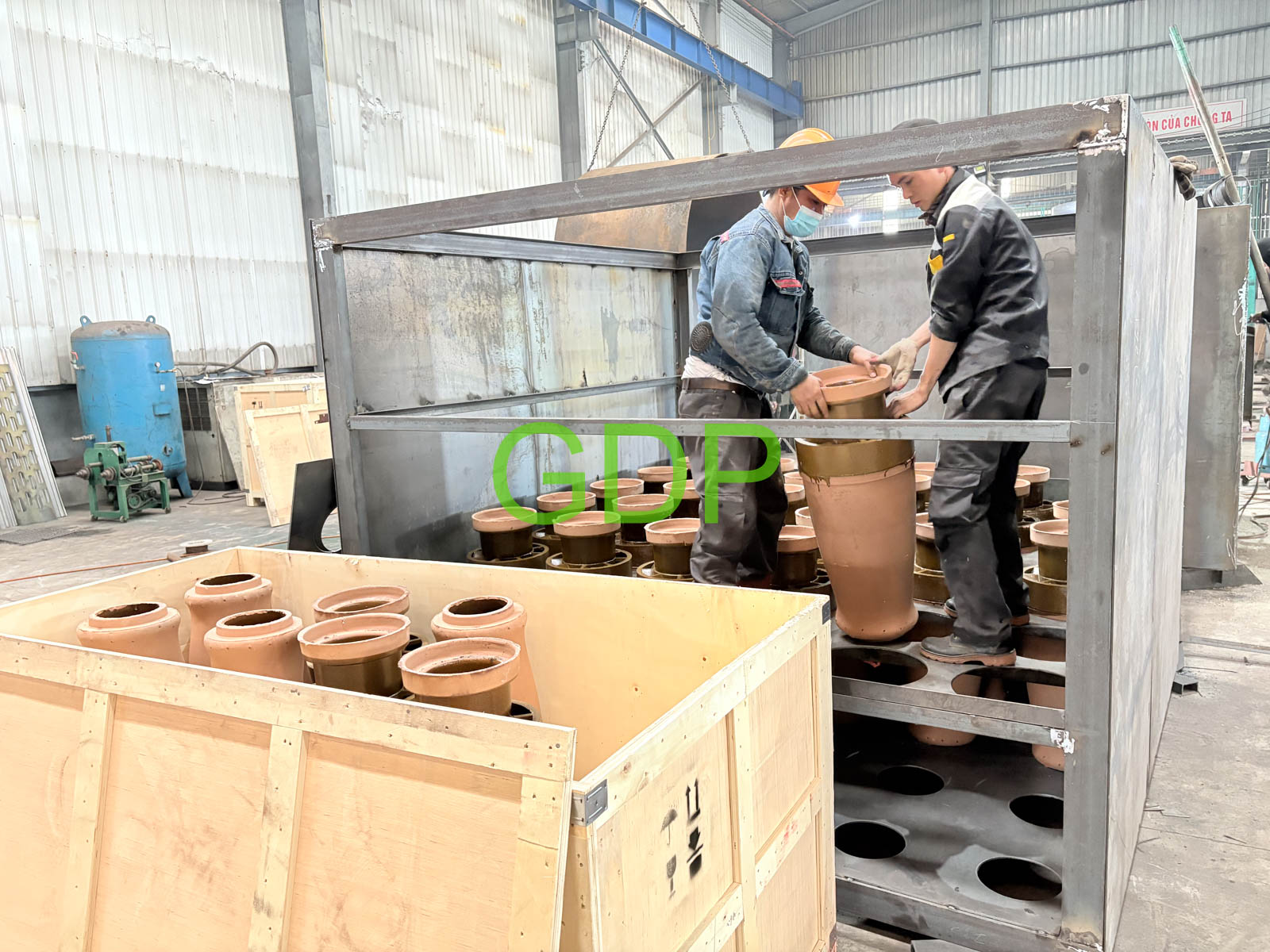
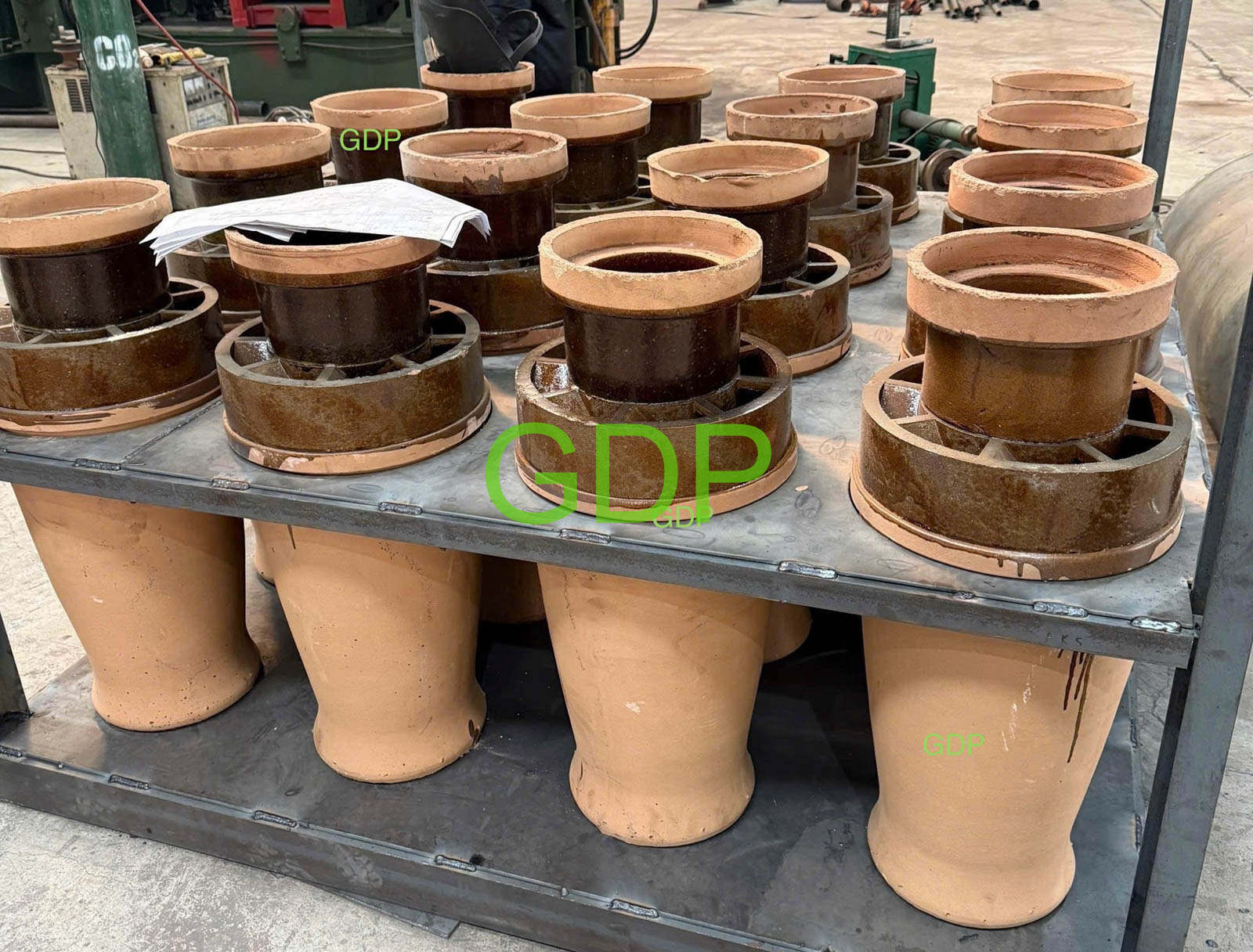

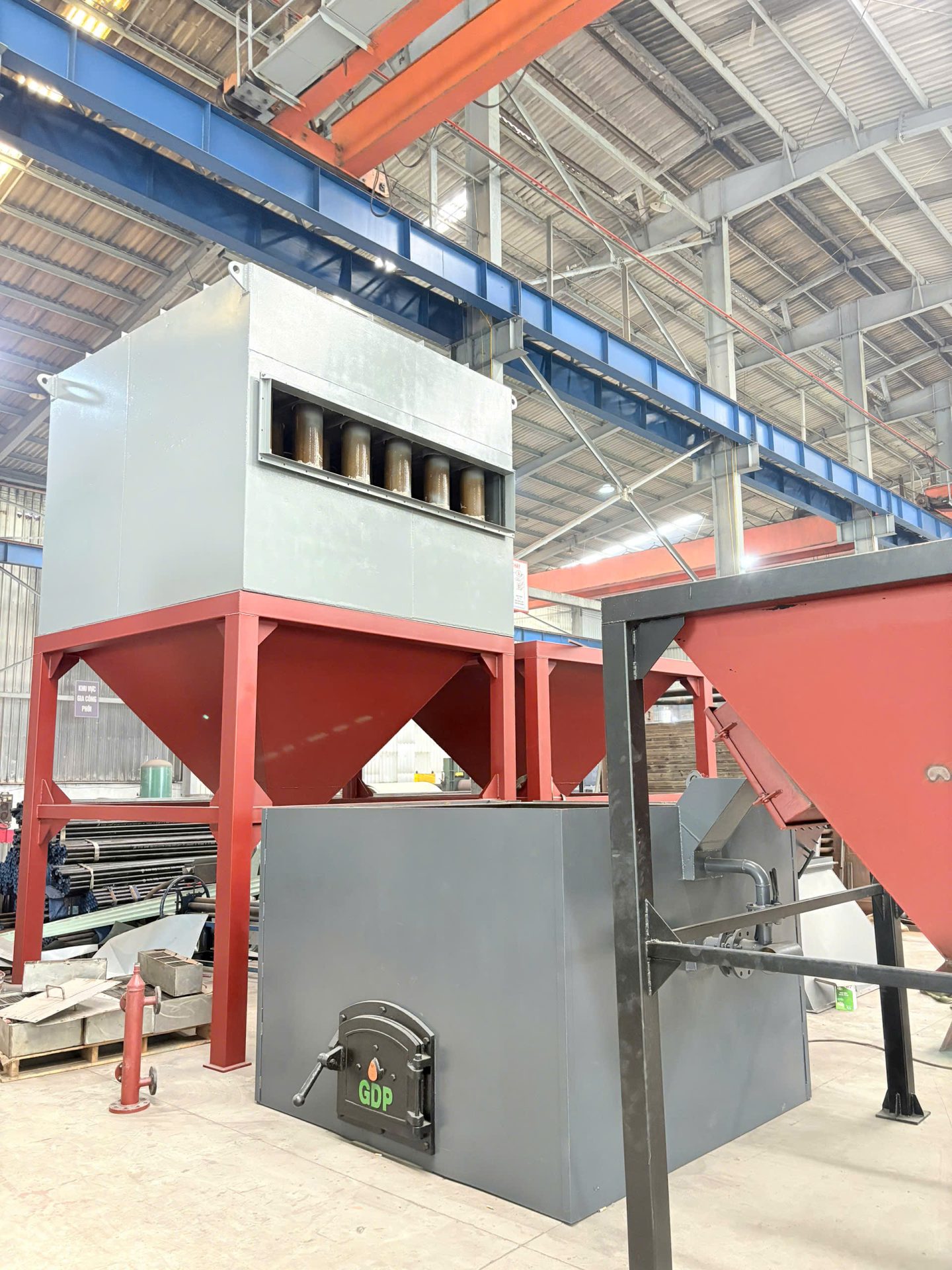
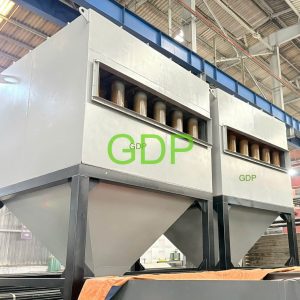
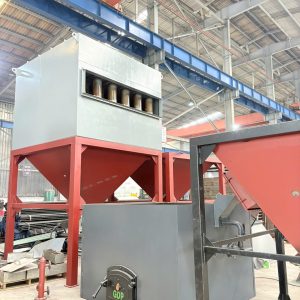
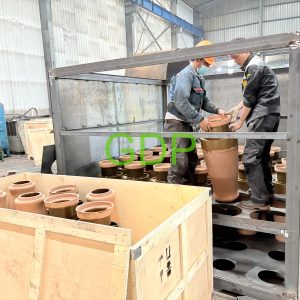
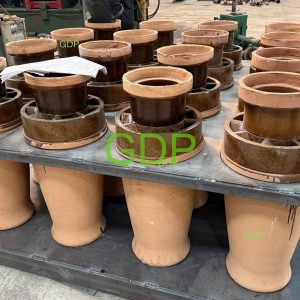
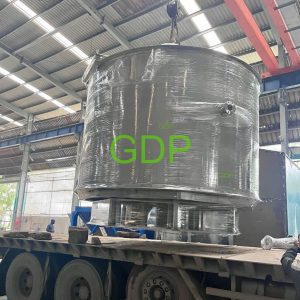




Đặt câu hỏi